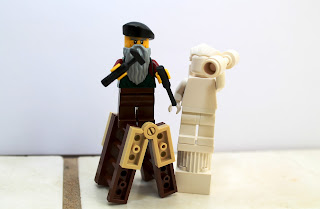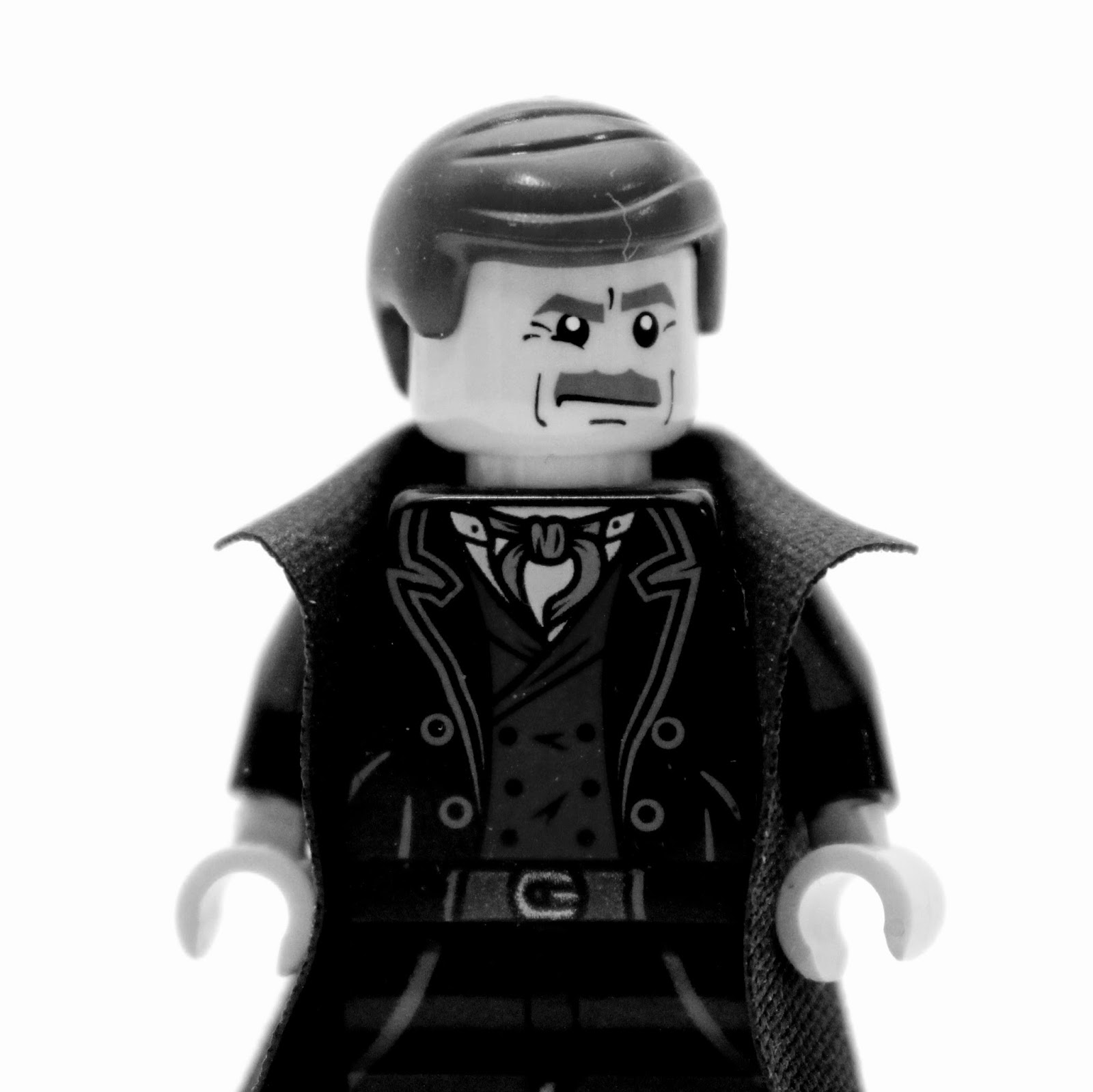In Whitechapel, London between August and November of 1888, there were five brutal murders and the possibility of 13 more between 1887 and 1891 of prostitutes. This person was named "Jack the Ripper" as given supposedly by the murderer himself in the "Dear Boss" letters.
The first murder took place on 31st August 1888, the body of Mary Ann Nichols was first discovered in Buck's Row at 3:40 am by Charles Cross, a Carman, on his way to work. Robert Paul jointed him after Cross called him over. Cross believed she was dead but Paul believed he felt a heartbeat. So they both agreed that they would alert the first Policeman they met on their way to work. They met PC Jonas Mizen at the junction of Hanbury Street and Baker's Row and they tell him of what they discovered.
Meanwhile, PC John Neil finds the body. He signals to PC Thain and they are later joined by PC Mizen. Thain calls for Dr. Ress Ralph Llewellyn. Dr. Llewellyn pronounced Nichols dead at 3:50am. She had a incision on her neck 1inch below the jaw, it was about 4 inches in length. She was later to have a large incision to her lower abdomen.
 |
Murder of Anne Chapman,
1888 |
On 8th September, a second body was discovered of Anne Chapman. At 6:00 am Chapman's body was discovered by John Davis, a Carmen, in the courtyard of 29 Hanbury Street. After alerting some of the residences of Hanbury to the incident, he went to report it to the Commercial Street Police Station. A witness said they saw Chapman with a dark-haired, "genteel" man. Another witness came out of 27 Hanbury Street to their courtyard to use the outhouse at 5:30am. He heard voiced from 29's courtyard, a woman saying 'NO!', and then heard something fall against the fence. When Chapman was found her throat was cut and her lower abdomen was slashed open. It was later found that her uterus had been removed.
On September 27th, 1888, the Central News Agency received a
letter what they originally to be a hoax. Although, later in October 1st, they
received a postcard written in the same hand. A hoax or not it was the first
ever reference to the name "Jack the Ripper". These letters were
later known as the "Dear Boss" letters as they were all addressed to
"The Boss". Throughout the time of the murders, many different people
ever connected to these investigations received one of these "Dear
Boss" or "From Hell" letters. From these letters the media
started to refer the psychopathic murderer as "Jack the Ripper". The
name became popular and is still used and in our minds today.
 |
| Murder of Elizabeth Stride, 1888 |
On September 30th, the third body, Elizabeth Stride, was discovered. At 1:00 am, Lewis Deimschutz, a salesman of jewellery, entered Dutfield's Yard driving his cart and horse. At the entrance, his horse shied and refused to proceed. Deimsckutz suspected something was in the way but could not see since the yard was in darkness. He probed forwards with his whip and came across something he believed was a drunk. He entered the International Working Men's Educational Club to get help in rousing the drunk. Upon returning to the yard with two other men, they discovered that the person was a woman, who was dead with her throat cut. It was believed that Diemschutz's arrival frightened the Ripper causing him to flee before starting his operation of mutilations.
On the same night of the third murder was discovered, the fourth was found also. At 1:45 am, PC Edward Watkins discovered the body of Catherine Eddowes in Mitre Square. Moments before the murder three friends crossed the square. They described seeing a fair haired man of shabby appearance with a woman, Eddowes. She was found with her throat severed and her lower abdomen was ripped open which allowed her left kidney and majority of her uterus to be removed.
On November 9th, the fifth victim, Mary Jane Kelly, was discovered. At 10:45 am, John McCarthy, owner of "McCarthy's Rent", as Miller's Court was known as, sent Thomas Bowyer to collect past due rent money from Mary Kelly. After many unanswered knocks on the locked door, Bowyer pushed aside the curtains, seeing the body. He informed McCarthy who, after seeing the mutilated remains of Kelly for himself, ran to the Commercial Street Police Station. Afterwards he returned to the court. When the Police entered the room they found Mary Jane Kelly's clothing neatly folded on the chair and her boots were left in front of the fireplace. Her throat was cut right down to the spine, and the abdomen almost emptied of her organs, including her heart.
 |
The many Detective Inspectors
searching for clues. |
The investigation was conducted by the Metropolitan Police, Whitechapel, division Criminal Investigation Department (CID), headed by Detective Inspector Edward Reid. After the murder of Nichols, Detective Inspectors, Frederick Abberline, Henry Moore and Walter Andrews were sent from Scotland Yard to assist. After the Eddowes murder, which occurred in the City of London, the City Police under Detective Inspector Jams McWilliam were involved. More than 2,000 people were interviewed, upon 300 people were investigated, and 80 were detained. Giving them 31 main suspects. Some of these were silly and ridiculous suspects, for example, Prince Albert Victor, and Victoria's physician, Dr. John Williams. The media saw the Police's investigation was a joke. They even described it as a game of blind man's bluff and going nowhere.
They never found the guilty person and the story has fascinated us ever since. Even now we still have our own theories and ideas on who did it; but will we ever know the answer to the 127 year old question, who did it?




































